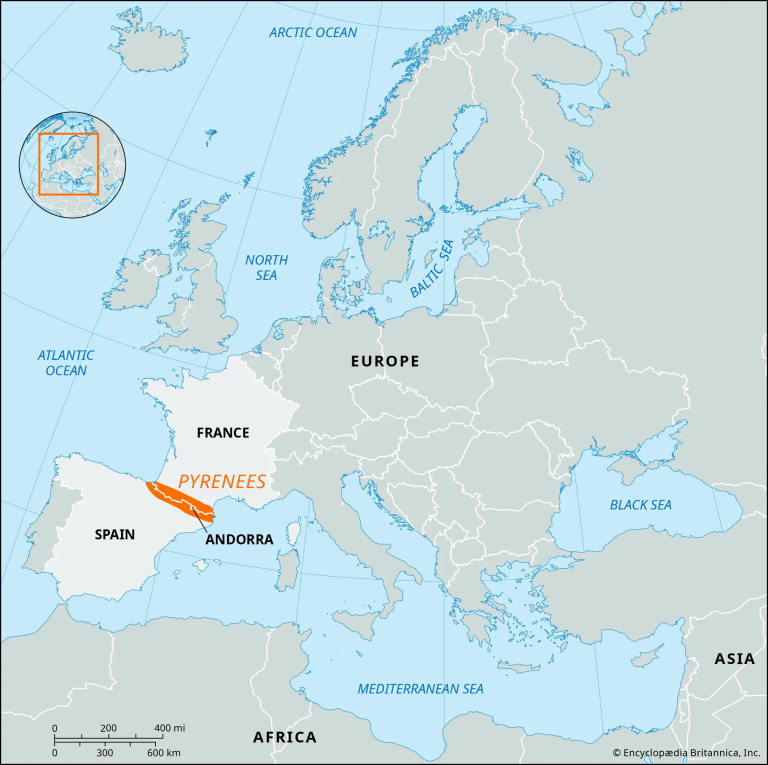Free Courses Sale ends Soon, Get It Now


Free Courses Sale ends Soon, Get It Now



Copyright infringement not intended
Picture Courtesy: https://www.cbs42.com/news/international/ap-chinas-xi-visits-pyrenees-mountains-in-a-personal-gesture-by-frances-macron/
Context: The private meeting between Chinese President Xi Jinping and French President Emmanuel Macron at the Tourmalet Pass in the Pyrenees Mountains.
About Pyrenees Mountains
Geological History
Physical Features
Climate, Flora and Fauna

Source:
|
PRACTICE QUESTION Q. French President Macron recently hosted a private meeting with Chinese President Xi Jinping in the Pyrenees Mountain region, emphasizing personal diplomacy amidst global challenges and bilateral discussions. Which countries border the Pyrenees mountain range? A) France and Germany B) France and Italy C) France and Spain D) France and Switzerland Answer: C |
© 2024 iasgyan. All right reserved